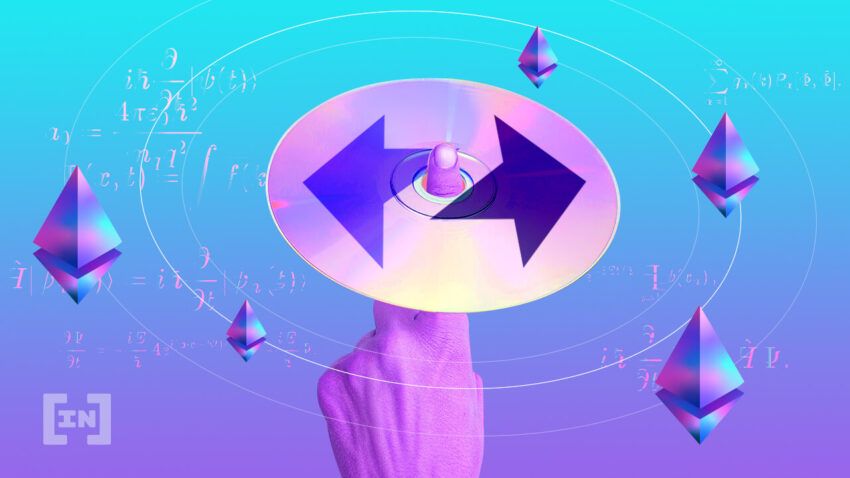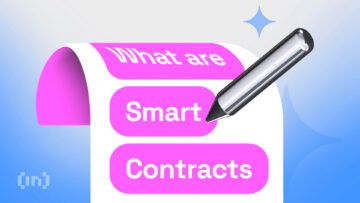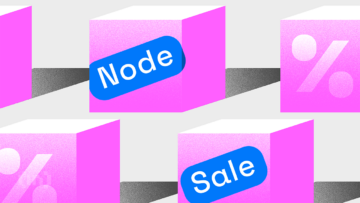Ethereum, the second largest cryptocurrency and the decentralized finance colossus, has experienced exponential growth, prompted by various crypto events, DeFi, and NFTs. However, the network’s massive adoption has led to stress on the infrastructure. Network congestion, low speed, and high gas fees are weighing on Ethereum.
Many projects that use layer 2 scaling protocols tackle these issues to boost the network’s performance. zkSync is one of these, and it brings scalability without sacrificing security.
Here we explain everything about zkSync. But first, let’s learn what layer 2 scaling solutions on Ethereum entail.
In this guide:
What are layer 2 solutions on Ethereum?
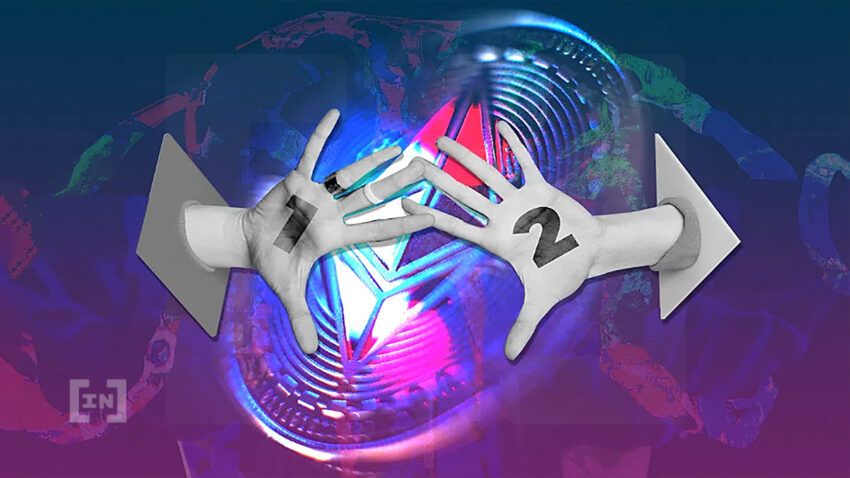
Layer 2 is a term to describe solutions that build on top of layer 1 to improve the scalability of the Ethereum network. They offer complete decentralization, transparency, and security while offsetting carbon by reducing the amount of gas and energy used to validate transactions. Additionally, layer 2 solutions improve off-chain computation and transactions happening outside a blockchain.
These are changing the game for transaction-intensive applications like NFTs, payments, and DeFi functions, among other things. zkSync taps into this trend and implements different approaches to solve Ethereum scalability without security compromises.
What is zkSync?
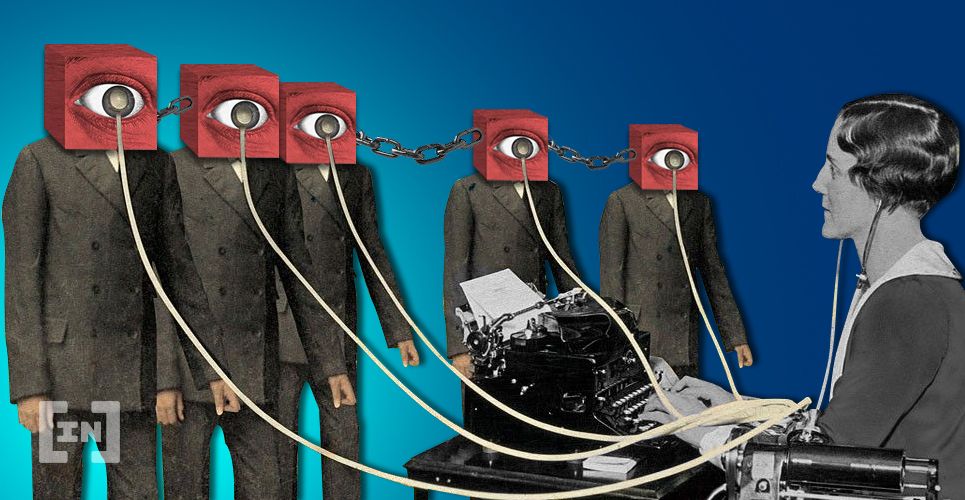
zkSync is a layer 2 trustless protocol offering scalable, low-cost payments on Ethereum, fueled by zkRollup technology. The project implements zero knowledge tech to ensure the full security of users’ funds while optimizing scalability, transparency, and other features of the main chain.
Created by Matter Labs, the team is committed to solving Ethereum’s problem with rollup. While much attention is centered on improving users’ and developers’ experience, zkSync explores the best strategies to make zkSync a fascinating project on Ethereum for both end-users and developers.
One of the pros of zkSync’s technology is the cheap gas fees on the L2 blockchain. As stated on its Twitter page, zkSync offers a mix of zkRollup/zkPorter accounts to improve scalability to 20,000+ TPS while maintaining security.
The platform has consistently rolled out several updates and secured partnerships with crypto giants, including 1inch Network, Yearn.Finance, and Moralis. With zkSync 2.0 and upcoming sharding, it may handle more than 100,000 transactions per second (TPS). Furthermore, zkSync 2.0 will also offer arbitrary smart contract capabilities via its compatibility with Solidity (zkEVM), the rollup’s internal programming language, Zinc.
A brief history of zkSync
zkSync is a project by Matter Labs focused on offering users real-world use cases. The team believes transaction throughput is not all about scalability, but the general readiness of blockchain networks to attend to multiple users.
The first version of zkSync was released on the Ethereum mainnet in June 2020. And it currently uses PLONK as its zero knowledge to validate transactions. The team announced its plans to launch the second version of zkSync, 2.0, to Ethereum’s mainnet a few months from now. The project is also releasing several updates to further boost the network’s overall performance.
How does zkSync work?
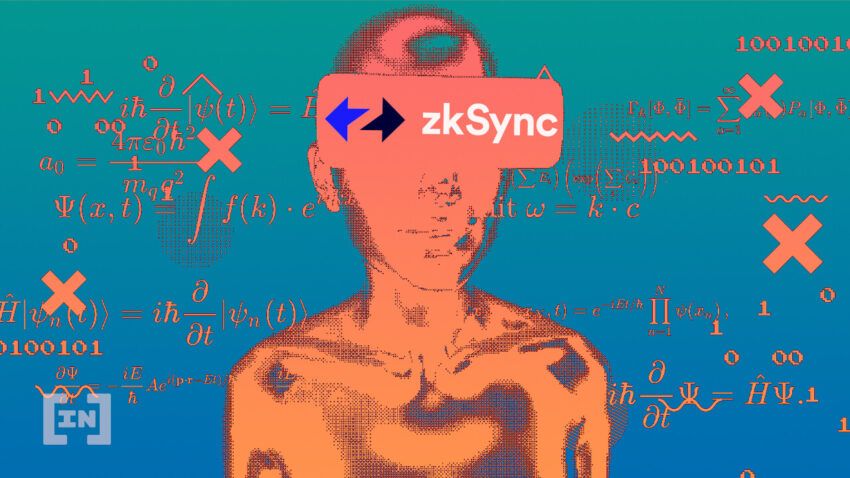
zkSync is an L2 protocol structured on ZK Rollup. It uses zero knowledge proofs and on-chain data availability to ensure seamless transfer of assets between L1 and L2. To fully understand this, you’ll need to know what rollups are.
Rollups
Rollups execute transactions outside layer 1 and post the data to layer 1, where they are validated. Typically, rollups reduce gas costs and boost transaction throughput.
However, for Ethereum to validate the transaction, each rollup deploys a set of smart contracts on layer 1 that processes deposits and withdrawals and verifies proofs. There are, however, two different rollups currently used on Ethereum: ZK rollups and Optimistic rollups.
zkSync uses ZK rollups — a scaling solution in which funds are held on the main chain, but transaction processing and storage are done off-chain. The rollups implement validity proofs, computed on-chain, and ensure transactions made within the rollup are verified.
ZK rollups
Zero knowledge rollups (ZK rollups) handle many transactions off the main Ethereum chain and create SNARK, a cryptographic proof that enables a user to prove it possesses specific data without unfolding its details. It offers proof of validity, which is sent to the Ethereum mainnet.
The smart contract for ZK rollup stores the information of all the transactions on layer 2, and the information can only be altered with the validity proof. ZK rollups only need this validity proof instead of the usual bulky data.
SNARK’s transaction validation is much more efficient than validating every transaction individually. Generally, storing the state off-chain is pretty much cheaper than saving it on EVM. Hence optimizing the scalability to more than150 times the mainnet range.
Overall, the working principle of zkSync revolves around storing funds on the main chain by a smart contract, while storage is off-chain. Instead of validating transactions one by one, transactions are “rolled up” to a single piece (the rollup block), which is then validated and approved.
zkSync vs. Optimistic Rollups
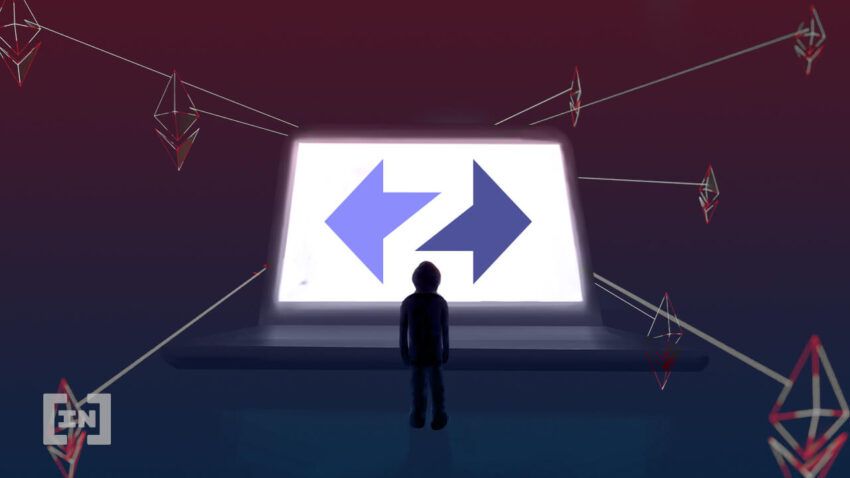
There are two main variants of rollups, Optimistic and Zero-knowledge rollups. Let’s compare and explore based on the following features.
Security
ZK rollups offers a lot of interesting features that attract users more than that of Optimistic. It has proactive cryptographic security. Unlike Optimistic rollups, ZK removes dependence on users with its cryptographic proofs (Mathematical Models).
Optimistic rollups involve relying on users to a new state root to the sidechain without verifying the Rollup contract. It does not do any validation. However, users can watch every bit of transaction on the L1 and will prevent any fraudulent act by removing the state root.
Scalability
In terms of expanding the network, Optimistic rollups are much more time-consuming when validating transactions, as they depend on smart contracts at layer 2. Therefore, Optimistic rollups are less scalable than ZK rollups.
Gas fees
ZK rollups are much cheaper, opening more opportunities for users to explore several crypto use cases because it’s cheap to send to on-chain without signatures.
Speed
Withdrawals take a longer time on Optimistic rollups than on ZK rollups. This is as a result of some settings that cannot be altered without a significant decline in security. However, liquidity providers often solve this with their huge idle liquidity. And then, to reward them for their effort, they are charged a fee to go past the delaying waiting time.
Platforms
zkSync, and the largest crypto stablecoin, Tether, also employs ZK rollups to lift the congestion on the mainchain. Meanwhile, Optimism uses optimistic rollups to achieve a cheap layer-2 scaling system on Ethereum, as well as Arbitrum.
Overall, ZK rollups are also more efficient than Optimistic rollups in terms of transaction rate. Although zero knowledge proofs take more computer resources, these rollups allow ten times as many transactions as Optimistic rollups.
After this comparison, share with us and others members of our community in Telegram, which one would be best for you.
How to use zkSync
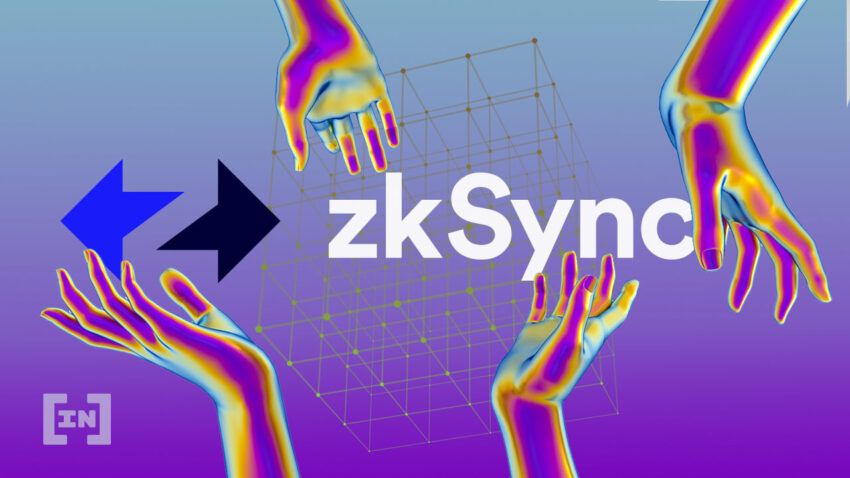
1. Connect your wallet to the zkSync wallet.
You can connect zkSync to your MetaMask. Connect your wallet,
To connect to the zkSync 1.0 Mainnet:
- Tap the Ethereum sign at the bottom right
- Click Mainnet
2. Fund your wallet
You can credit funds into your wallet via fiat onramps, exchanges, or bridges.
3. Transfer funds to another zkSync account (optional)
If you have a zkSync account, you can transfer funds (zkSync) to the same address available on Ethereum. The platform allows users to pay transaction fees in the most widely known tokens, since it supports “gasless meta-transactions.”
zkSync supports Ethereum addresses and allows seamless transfer of funds to these addresses, as well as exchanges and smart contracts. Users can access the list of the Ethereum wallet and manage them from the zkSync web wallet. To manage addresses programmatically, you need to sign either with a native Ethereum signature or an EIP-1271 for smart contracts.
zkSync also allows easy transactions of Ether and ERC-20 tokens. Users can list new tokens if they meet the requirements.
zkSync token and potential airdrop
First, it’s important to note that the zkSync token is not active, and the Matter Labs team manages the off-chain governance. When zkSync is completely decentralized, the platform stated that the native token would be used for staking to become a validator in the network.
Should you invest in zkSync?
zkSync addressed scaling issues, high transaction fees, and other problems attached to Ethereum while maintaining security and privacy.
Among many innovations, the platform seeks to achieve mainstream adoption with a vision of VISA-scale throughput of thousands of transactions per second. These are considerable reasons to participate; however, it’s important to do your own research before investing in any project.
Follow us on Telegram for more tips, advice, and help like this.
Frequently asked questions
What is zkSync?
What is zkSync token?
Does Coinbase support zkSync?
What is Loopring crypto?
Is zkSync safe?
Is zkSync a wallet?
Disclaimer
In line with the Trust Project guidelines, the educational content on this website is offered in good faith and for general information purposes only. BeInCrypto prioritizes providing high-quality information, taking the time to research and create informative content for readers. While partners may reward the company with commissions for placements in articles, these commissions do not influence the unbiased, honest, and helpful content creation process. Any action taken by the reader based on this information is strictly at their own risk. Please note that our Terms and Conditions, Privacy Policy, and Disclaimers have been updated.


